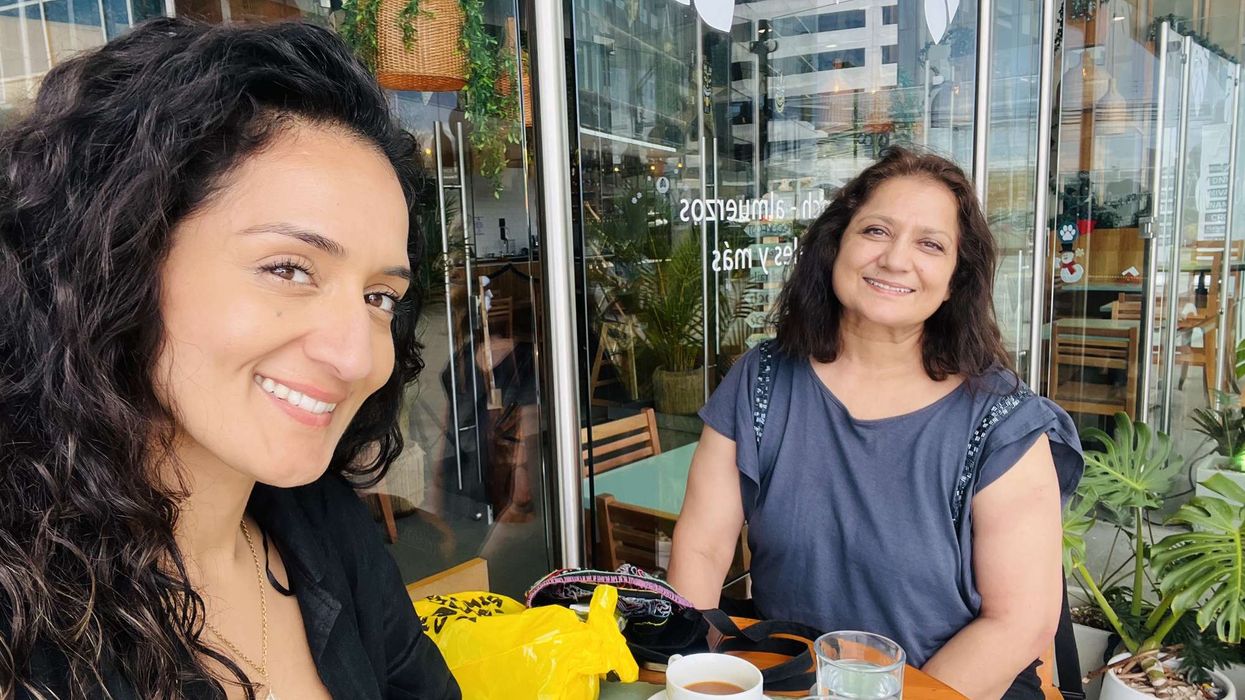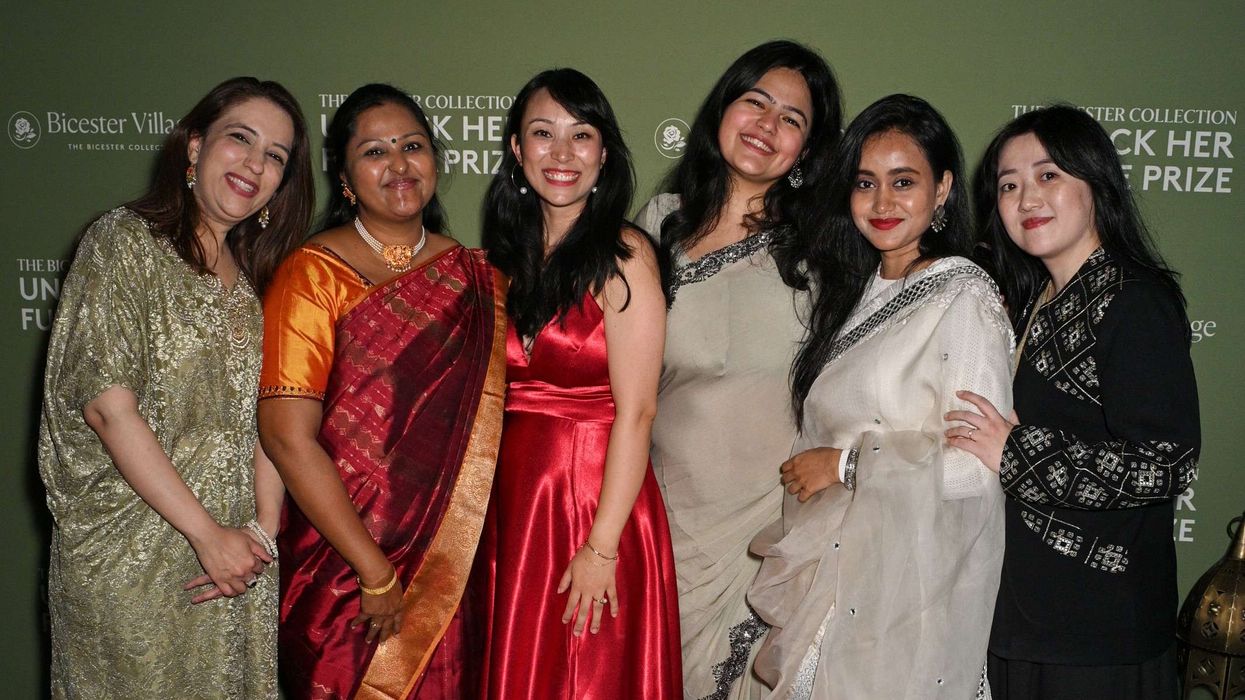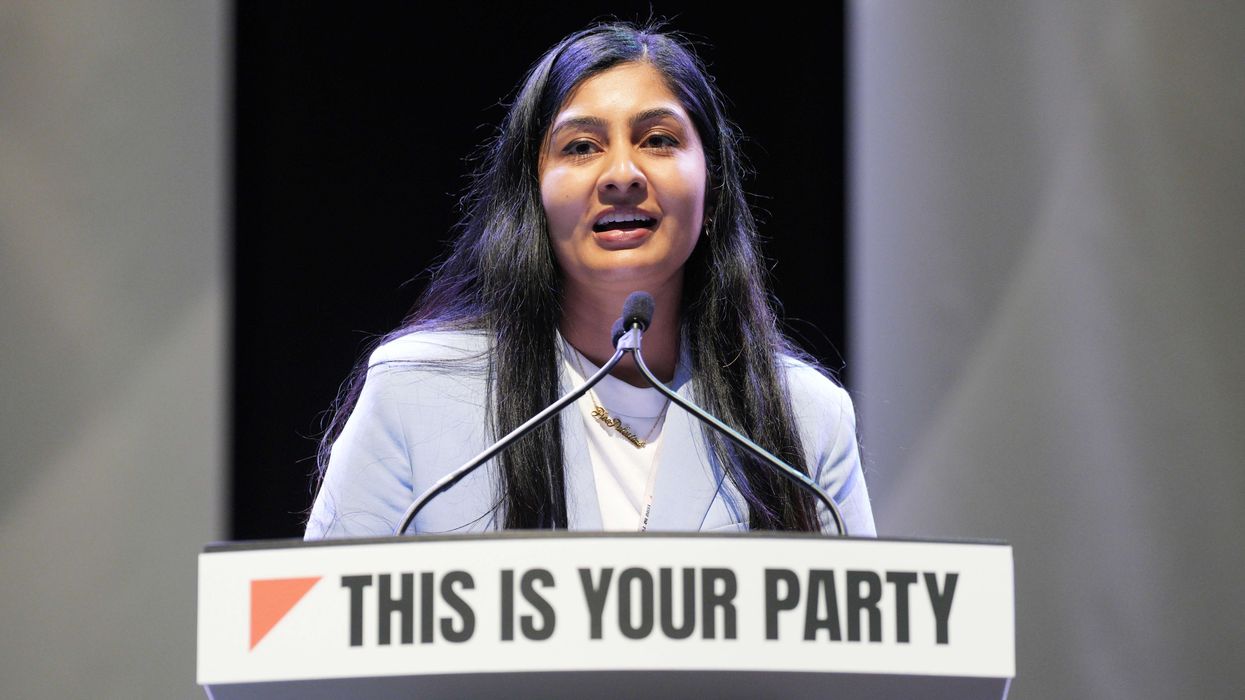LITERARY FICTION OFTEN ‘FETISHISES’ ETHNIC MINORITY CHARACTERS
by JEEVANI CHARIKA
WHEN Eastern Eye asked me to write this article, it took me a while to work out how to iron out my feelings on the topic. In the end, I thought I would start by telling you about a review that made me cry.
I’ve written quite a few books (most of them published under my ‘white-sounding’ pen name, Rhoda Baxter) and I’ve had hundreds of reviews, some good, some bad. So what was special about this one? The reviewer was an American blogger of Indian descent. She had read A Convenient Marriage and liked it well enough, but most of the review was about how it made her feel. She said she recognised the little details about being an Asian person in a predominantly white country. For the first time, she said, she felt seen.
Reading that review, I realised I was so busy writing and editing the book that I had forgotten why I had wanted to write it in the first place. I had wanted more brown people to be visible.
I am in the weird position of being a second-generation immigrant, but also having lived in Sri Lanka as a child (which is more of a first-generation experience). I was one of those annoying kids who read a lot. Most of the books I read were UK published ones.
So, while I physically lived in Colombo, my imagination lived in Book World (which was in England and definitely contained Kirrin Island). There were no brown people in Book World. I accepted that as fact.
I started reading romance, or ‘women’s fiction’ (it’s a very blurred line between them) when I was commuting to London for work. I was always in a rush at the library, so I would grab a couple of books off the ‘just returned’ shelf.
There was a lot of romantic fiction there and I was amazed by the variety. I read books about grief, the seismic shock of cancer, of betrayal, eating disorders, and mental health crises, all tucked away beneath the pastel pink covers and running alongside a romantic plot.
It turns out that while other people were laughing at the pink, girly covers (and some are very girly), romance readers were vicariously living everyday traumas with the characters. Not many people will be stalked by a serial killer, but most will lose a loved one, or suffer sudden illness, or have their hearts broken.
Romantic novels are often about the quiet stories. They give us a safe space to think about the real-life problems that we might have to face one day. Even if they can’t prepare us for dealing with these issues ourselves, they can help us understand and support people who are currently dealing with crises. They allow to develop empathy, in the safe confines of Book World. They do all that, while promising us that everything will be okay in the end. Romantic novels can make you laugh, or cry (or both) and still leave you with that tiny ‘aah’ of an uplifting ending.
The first time I saw a Sri Lankan character in a mainstream novel, it had a huge impact on me even though she had only a minor role. Here was a person like me … in Book World. I felt a connection to that character. I felt seen. It was so rare that it was a shock. But why was it so rare?
There are a lot of famous books about south Asian characters – The God of Small Things, The Buddha of Suburbia, Slumdog Millionaire, for example. But these tend to be literary fiction. They are usually extreme examples, where the characters are very, very Asian – almost as though their Asian-ness is fetishised. That’s fine, as things go. But how many of you can relate to those characters’ life experiences?
The art we consume shapes our view of the world. People learn about other cultures by either getting to know them in real life, or by reading their stories. If the only stories are about one type of Asian person, that becomes the stereotype people believe about all Asians. That’s how you end up with people like the health professional who told me, ‘you have to eat a nutritious diet – I know you will be tempted to eat curry a lot, but you have to eat vegetables’ (patronising racism aside, had this woman not heard of vegetable curry?).
We do need to see the big stories about people from different Asian cultures, and their the struggle to assimilate, but we also need to see the small ones about people who have assimilated – those who are born British and call this country home… but happen to not be white.
You might ask, why would anyone want to read stories about middle-class, brown people who are holding down jobs and falling in love? Good question. Now think about how many books there are about middle-class, white people who are holding down jobs and falling in love? What makes those stories more interesting than ours? Nothing. It’s just that we are not used to seeing brown people in Book World.
So where are these stories going to come from? Well, we could let white authors write them, they might do a great job. Or not. But if we write them ourselves, we can get the little details right. Our characters will remember to take their shoes off when they come indoors and know about putting coconut oil in their hair. We can write stories about things that are universal and see ourselves reflected in the literature. We can show the world that people from different cultures can have a lot in common. A little more understanding can only be a good thing.
Start by reading romantic fiction. Modern romance has moved away from the ‘alpha male, meek heroine’ trope. Modern romance heroines tend to save themselves and get the guy (or girl) on the way. A lot of romance nowadays is written by feminists who don’t have time for that ‘me Tarzan, you Jane’ nonsense. Frankly, who does. Romantic fiction in the UK covers a vast range of sub genres – from contemporary rom-coms, historical romances and sweeping sagas to paranormal and sci-fi romance, romantic suspense and everything in between. If you don’t like to read about sex, you don’t have to. A lot of romantic novels don’t have any sex in them at all (mine don’t). Ask for recommendations – people are more than happy to talk about the books they love.
If you’re a writer, write the stories you want to see. Allow brown people in your Book World. Give them homes and rich inner lives. Write them in all their variety and maybe someone somewhere will read your book and recognise something of themselves in it. They will finally feel ‘seen’.
Five tips on becoming a successful writer:
1. Read. Read within your genre until the shapes of the stories sink into your marrow. Read outside your genre so that your ideas have a wider base. Don’t stop reading.
2. Write. You can only become a writer by writing. Writing is part art, part craft. The more you practise, the more you will improve. You will note that this is point number 2, not 1. If you’re going to write in a genre, read books from that genre first. Readers can tell if you haven’t.
3. Observe. You can’t write about the world if you don’t live in it. Watch people, listen to them talk (not in a creepy way, obviously).
4. Submit your work to agents and publishers (or, if you self publish, directly to readers). It takes courage to send your work out into the world. Be brave.
5. Find writing communities that can support you. I can heartily recommend the Romantic Novelists Association who are a very encouraging and friendly bunch of people. There are also some brilliant podcasts which give you writing advice. The Bestseller Experiment and the Red Hot Chilli Writers are both good places for a budding author to start. I am happy to answer questions. I spend a lot of time on Twitter. My Twitter handle is @rhodabaxter

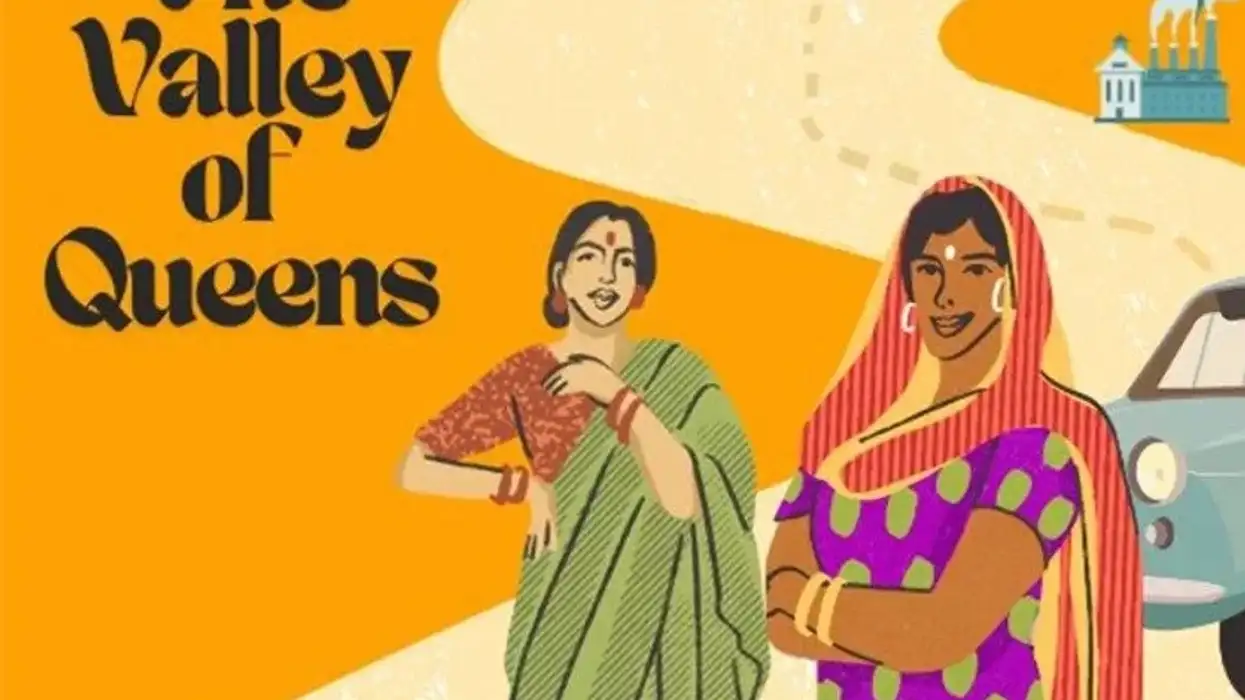
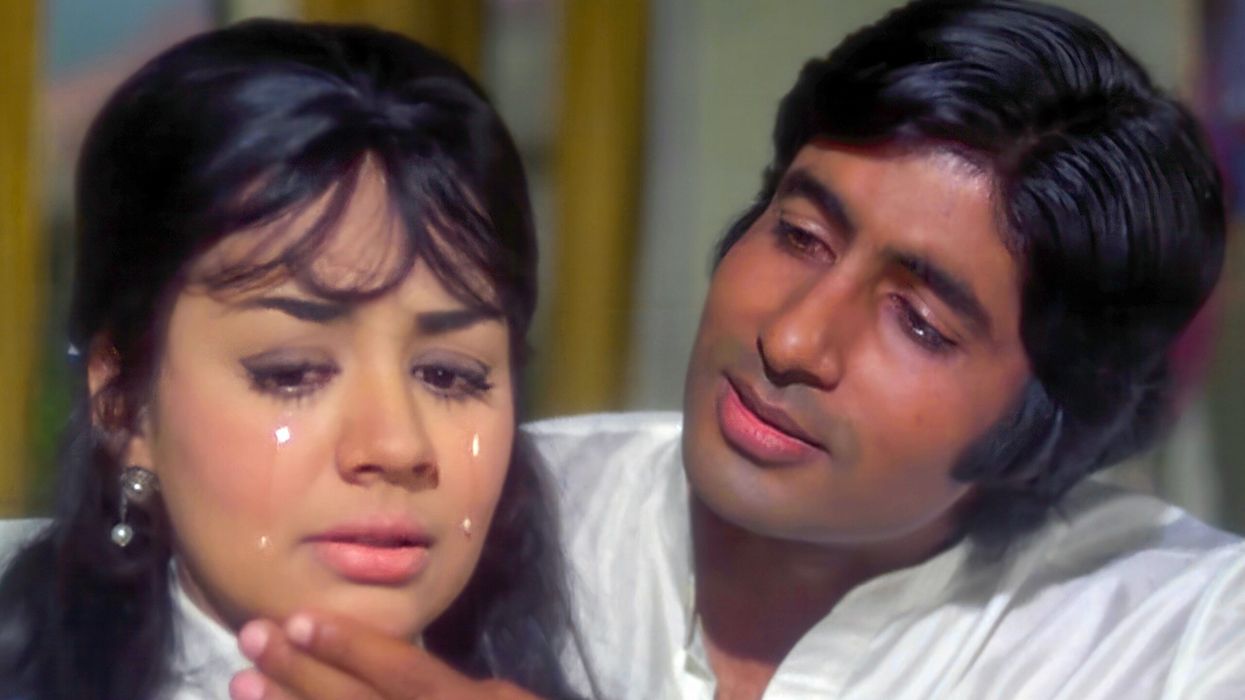
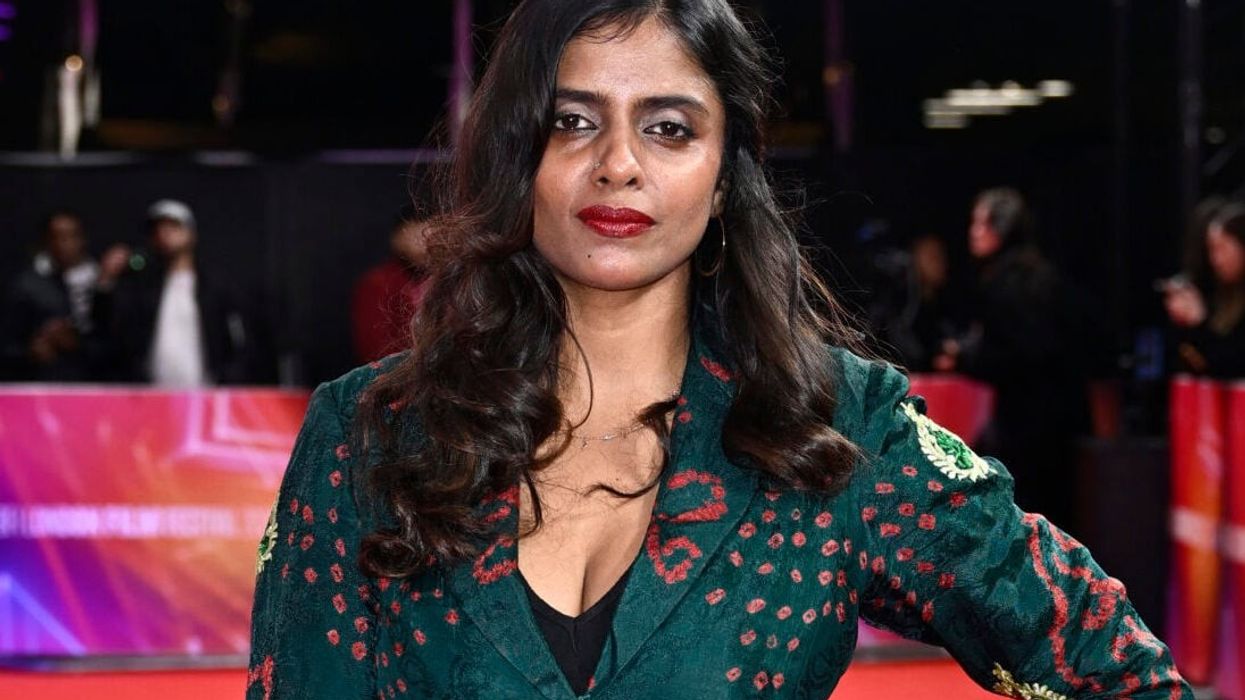

 Jonathan Mayer on the sitar and beyond Instagram/the_sitarist/ @sat_sim
Jonathan Mayer on the sitar and beyond Instagram/the_sitarist/ @sat_sim 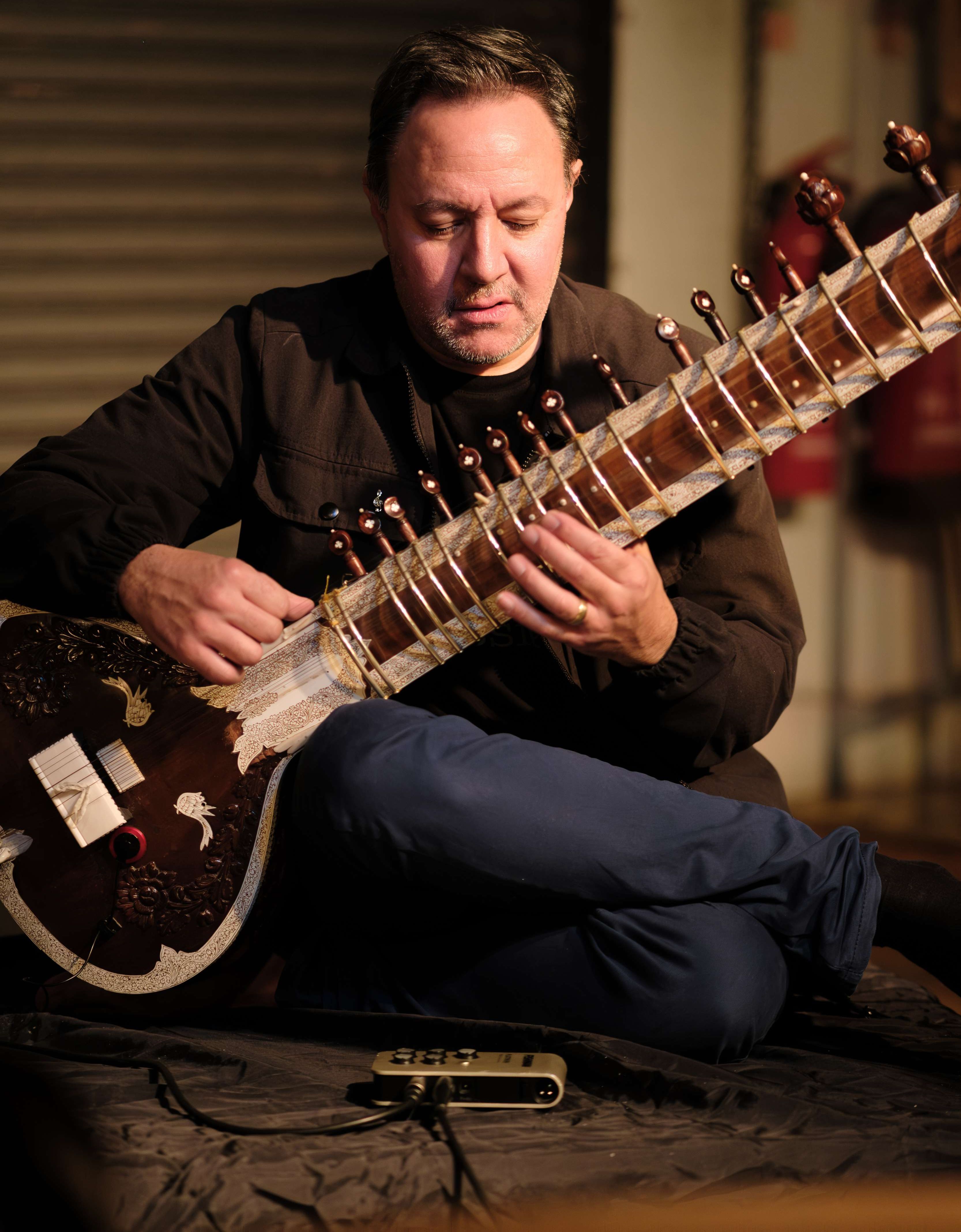 Redefining Indian classical music with Jonathan Mayer Akil Wilson
Redefining Indian classical music with Jonathan Mayer Akil Wilson Jonathan Mayer on music without boundaries Instagram/the_sitarist/
Jonathan Mayer on music without boundaries Instagram/the_sitarist/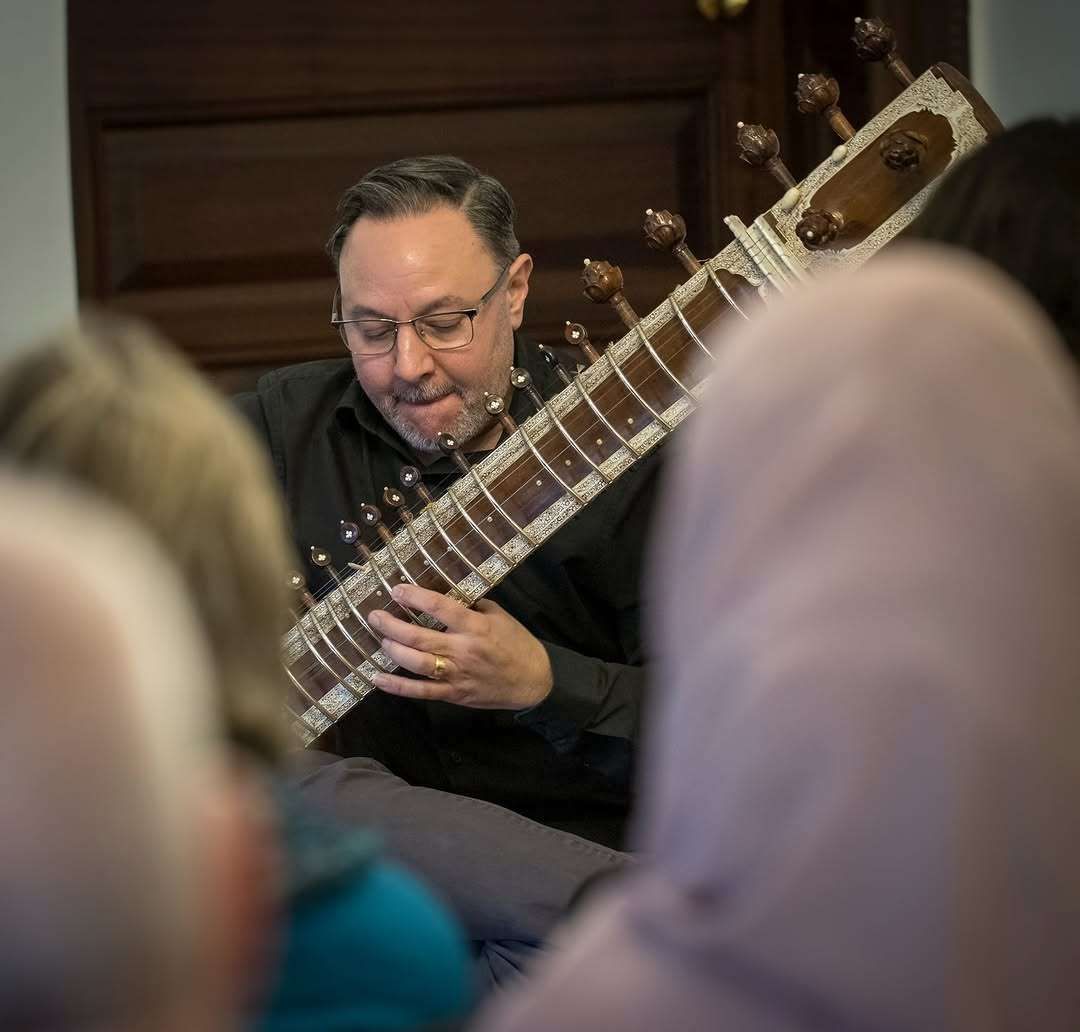 Jonathan Mayer on teaching and performing Indian music Instagram/
Jonathan Mayer on teaching and performing Indian music Instagram/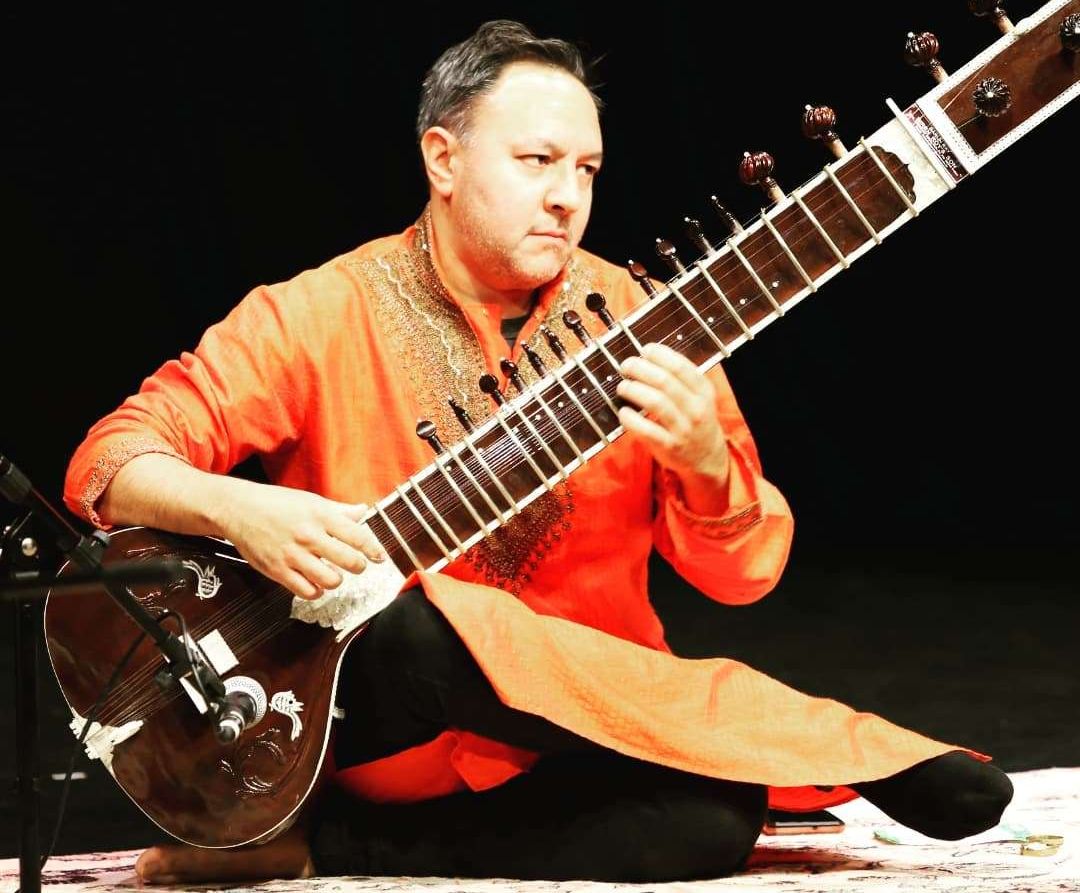 Jonathan Mayer about sitar as a voice of identityInstagram/
Jonathan Mayer about sitar as a voice of identityInstagram/